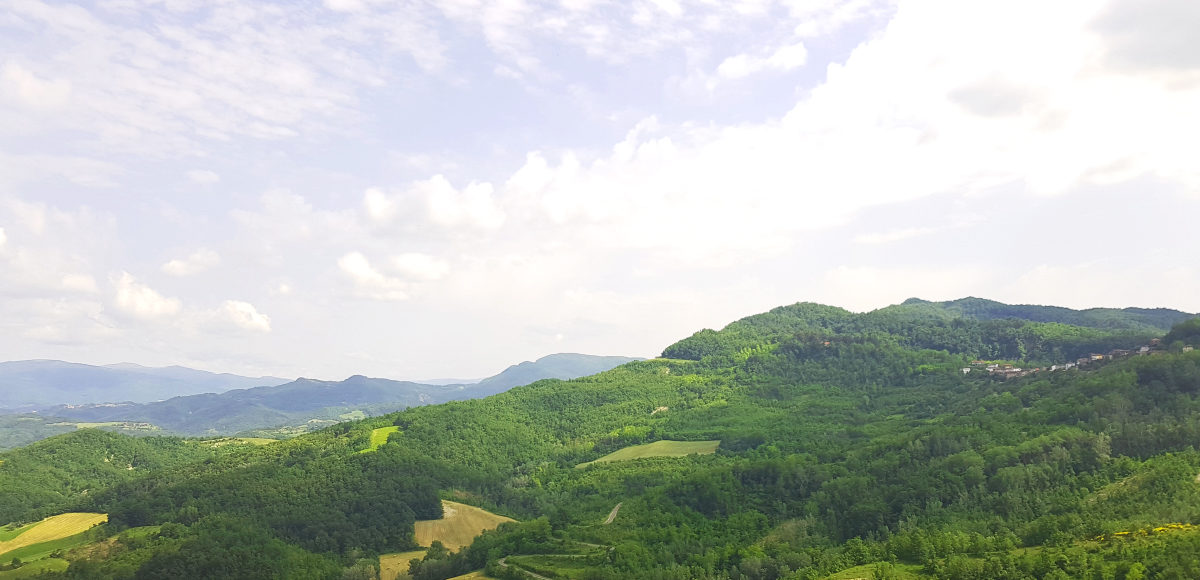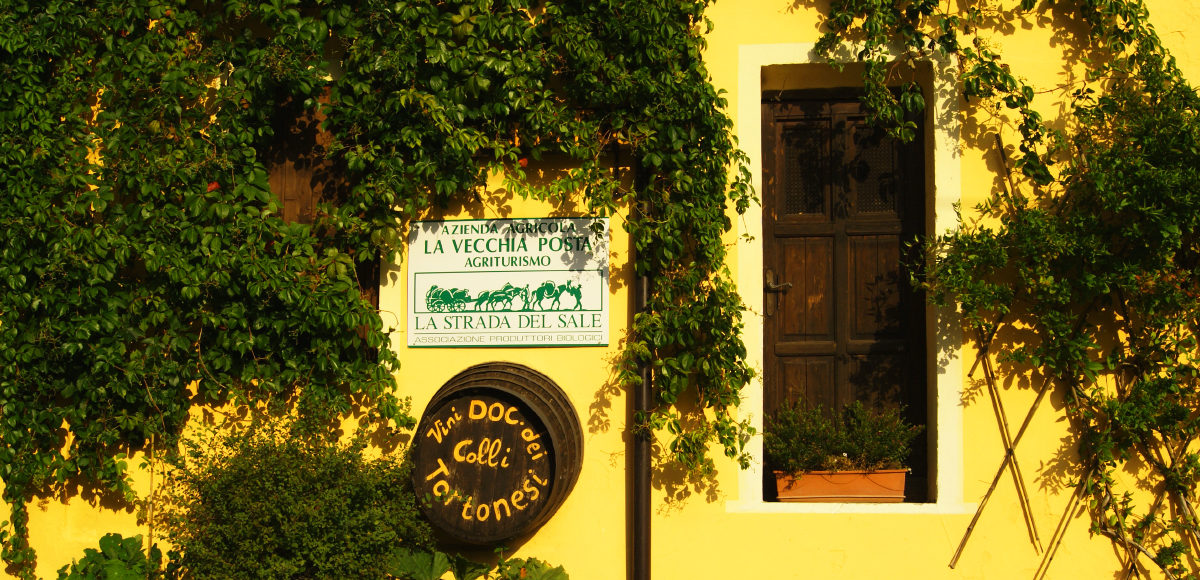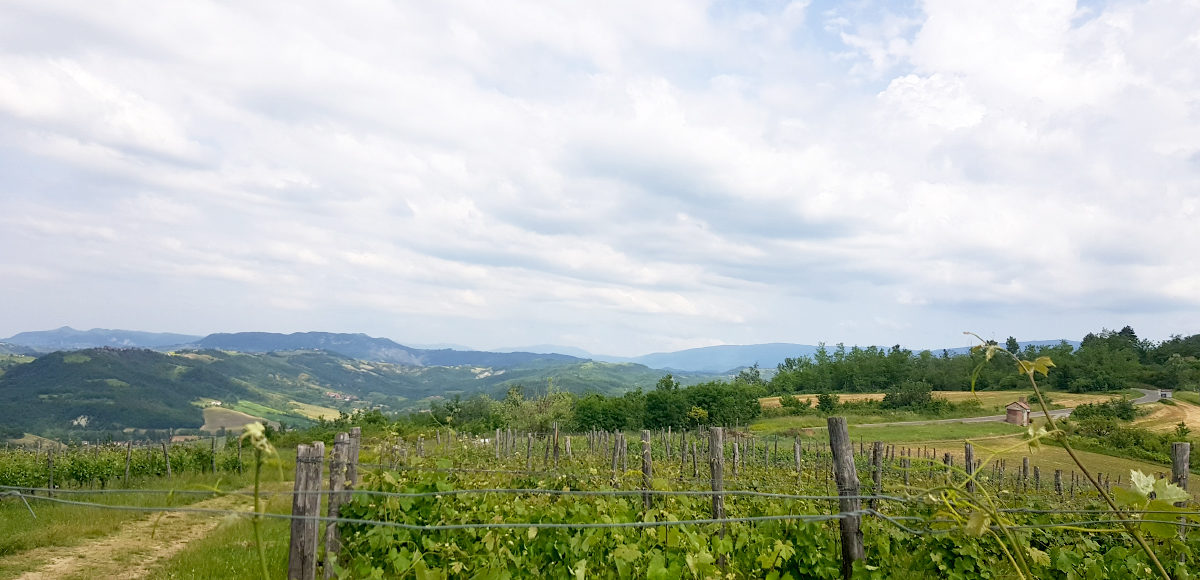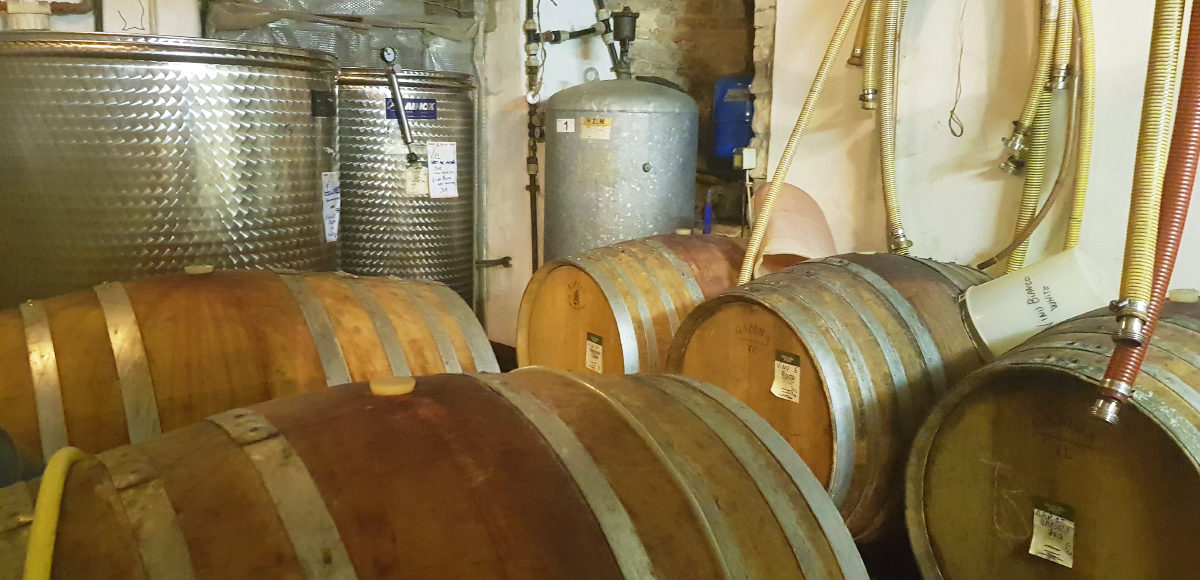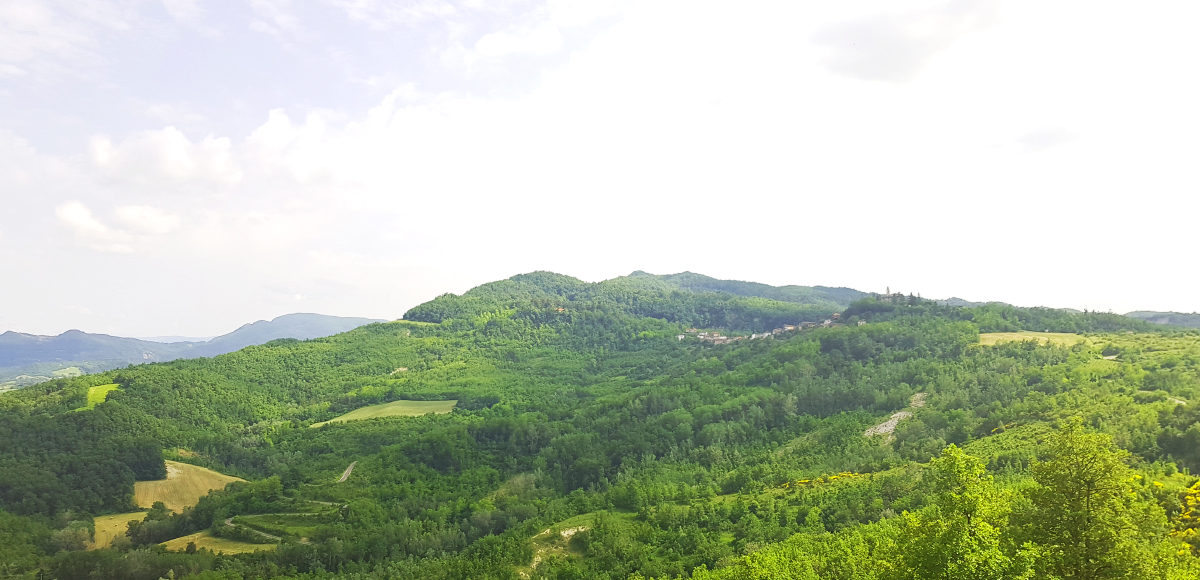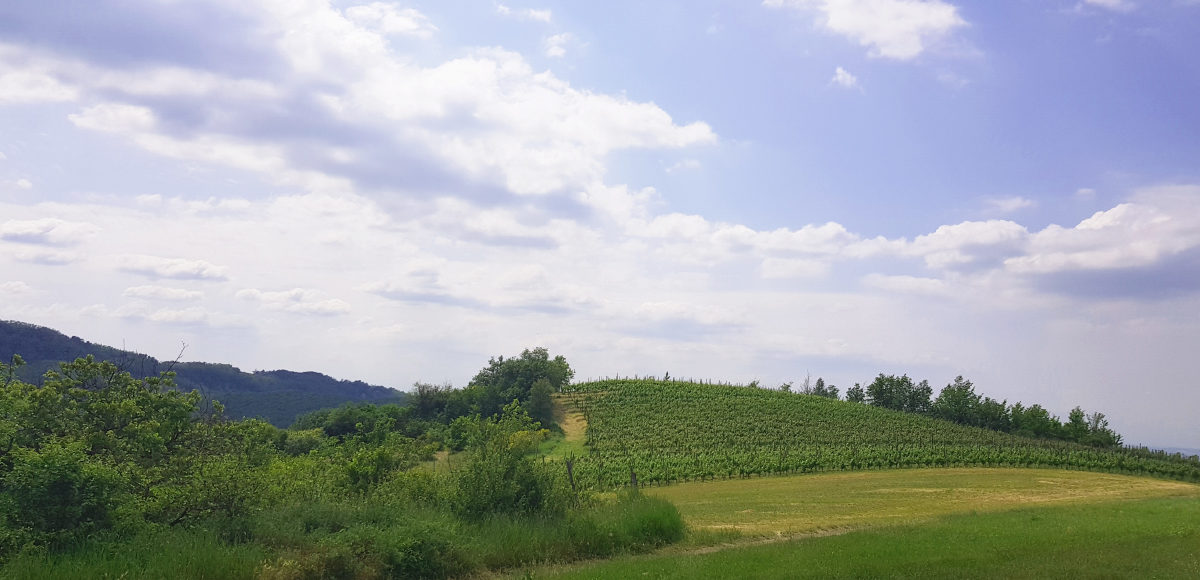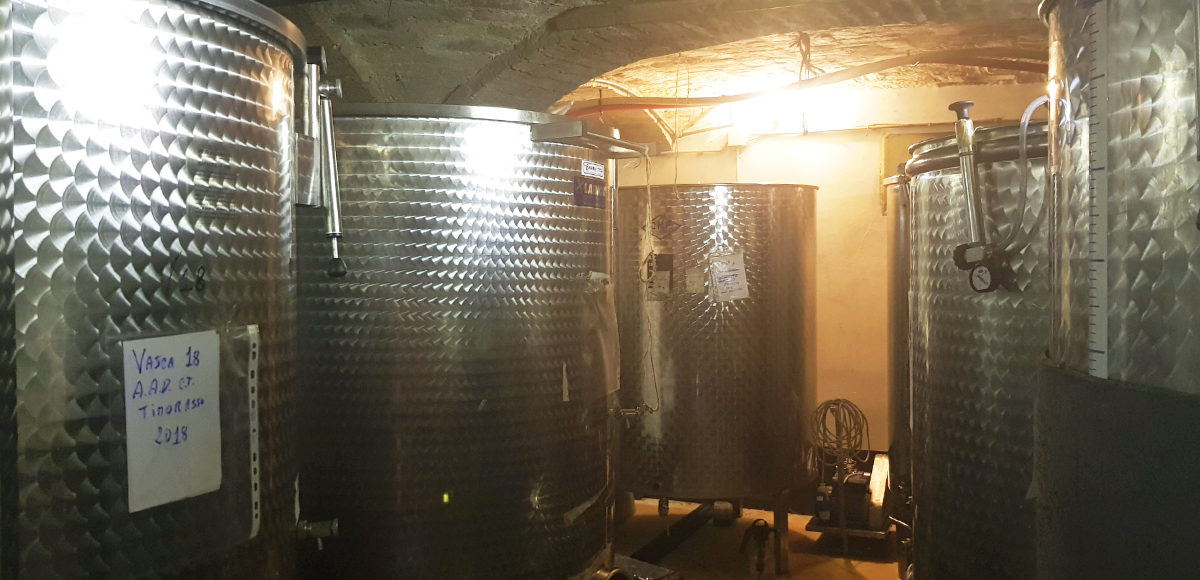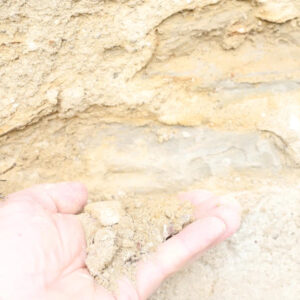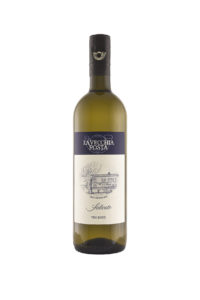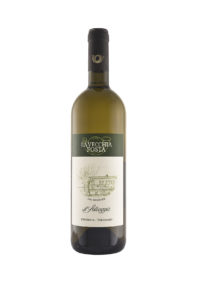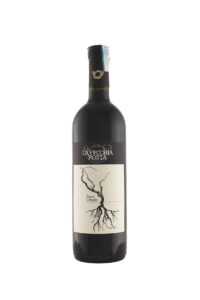“Il Selvaggio means “the wild.” It was a word that many years ago an enologist said to me: “your wines are wild as you.” — Roberto Semino
The vines of La Vecchia Posta sit high in the Colli Tortonesi, in the village of Avolasca, amid the gentle foothills of the Ligurian Apennines. Here Roberto Semino cultivates 3.5 hectares of vineyard dedicated to native grapes of the Piedmont: the rare and glorious timorasso, sprightly cortese, bright barbera, and fresh dolcetto. The Tortoniano soils are ideally matched to this suite of varieties. Roberto was among the very first to farm organically in Italy, starting in the 1980s. His work with the land is based on a trust in nature and informed by a deep appreciation of biodiversity. In the cellar, he relies on spontaneous ferments, few to no added sulphites, elevage in stainless for the whites and tonneau for the reds, all to allow for the pure expression of the high hills and their proximity to forest, mountain, and sea.
History
“My family immigrated from the village to Tortona,” says Roberto, speaking of the region’s principal city, a scant 15 km away. “I was born and grew up there. But every summer I was in Avolasca with my grandfather. In that way my passion for agriculture was born. Then, in the ‘80s, I was at the cooperative Valli Unite.” Unite is a remarkable place, a self-proclaimed “subversive” coop of mixed agriculture and ecological education, designed to reconnect people with their planet. The experience proved transformative for Roberto. “After that I started to rebuild my farm — from zero.” Today La Vecchia Posta is a place where two breeds of indigenous cattle, a rampant vegetable garden and, of course, grapes grow together to sustain Roberto and his family, as well as the agriturismo guests and WWOOFers they host.
Region
“La Vecchia Posta is in Avolasca, a very little village in a nice place on the hills, 450 meters above sea level,” explains Roberto. “Behind the village you can see the Apennines between Piemonte and Liguria, so we often have a very nice view to the valley surrounding us.”
“As a winemaker,” notes Roberto, “the advantage of our region is the climate. Summers are dry and windy, with breezes from the sea, which also gives an atmospheric situation with unpolluted air. The big advantage of our region is that there is a very good biodiversity in agriculture and behind us there are enormous green spaces, woods and pastures.” Once in our area there was the sea, so the soil is rich in fossils and minerals. It’s a kind of soil with limestone and clay, called Tortoniano, one of the best for vineyard cultivation.”
“We planted timorasso because it’s the only autochthonous variety from Colli Tortonesi, an important white that can be aged for years — and a personal motivation is that my father loved it.” Timorasso was, along with cortese, once one of the two most planted white grapes of the Piedmont. By the end of the 20th century, the variety, prone to a host of cultivation challenges, had all but vanished. Walter Massa, also of this region, famously led its rescue from near extinction; now it is one of the most sought-after Italian whites: quite racy, distinctively herbal, floral, mineral, and high in acid, famously gaining depth and complexity about five years after vintage.
Roberto makes two bottlings: “Poggio Dello Scagno,” meaning “up near the stars,” from one of the highest vineyards in the area, and “Il Selvaggio,” or “the wild one,” from timorasso vines deliberately scattered throughout Roberto’s property. “The vine is a spirit that wanders between meadows and acacias, between rows and uncultivated, gathering in the wind all the aromas of these high lands,” he says. “’Il Selvaggio’ was a word that many years ago an enologist said to me: ‘your wines are wild as you’. Even if from that time many things have changed, the name remained. Every time we planted a vineyard, we put inside some rows of timorasso to see how it grows in different kinds of soil. Timorasso was abandoned in the beginning of the 1900s because is very difficult in the field, with a compact cluster, not a big producer. It is still difficult work with it, so you have to do much more hand work with leaves and clusters.”
“Derthona” is often added to labels to indicate timorasso wines of distinctive quality. “In one year,” Roberto explains,” we are going to change the name to Timorasso Derthona, which is the Latin-Roman name for Tortona. In this way we want to fix the kind of grapes with our area as Nebbiolo with Barolo or Cortese with Gavi — to protect our tradition since at this moment some famous producers of Langhe-Barolo are coming to invest here.”
The other stars of Roberto’s vineyards are cortese, of Gavi fame, which achieves a delicate intensity at the high elevations and in the silty, fossil-rich soils of Avolasca. Roberto coaxes a wonderfully perfumed, charming brightness from Dolcetto. His “Teraforta” bottling takes its power from the clay-rich soils dolcetto loves, and its freshness from well-ventilated, high-elevation sites. Roberto says this is the wine he loves best to pair with meals.
Vineyards and Farming
Vineyards elevations, hovering around 400 meters above sea level, are the key to the vibrancy of Roberto’s wines. Vines range in age from about 15 to 30 years. Trellising is Guyot, though Roberto says he favors pruning the vines “more as a ‘y’ to divide the energies coming from the roots.”
Farming in tune with the land it essential to Roberto. “We were working organic even before the country started to certify organic farms, so we were among the first in Italy to be certified and with the strange combination of alphabetic order (Avolasca), we have the certification code of “I1”, where the “I” means Italy and the “1” means that we are the first on the list.”
“To respond to climate change, we are starting with soil management, with some cover crops between the rows, part of the gradual lightening of the soil to let the few rains penetrate.” Careful canopy management and green harvests are further “operations that, together with the biological method, help us in the natural world in our qualitative growth.” Hand picking is a given. Grapes are transported to the press pad in small boxes to ensure they remain uncrushed, and therefore unoxidized, even on the short trip from vine to cellar.
In the cellar
“Our first aim is to harvest good grapes in the right moment, then we allow spontaneous fermentations starting with pied de cuve, low usage of sulfites (in some wines we don’t use them at all), no clarifications, and batonnage in all the wines.” With a mix of aging vessels — stainless, for the whites, and tonneau, for the reds — and a preference for lees exposure and even some skin maceration, as for the “Poggio” timorasso, the wines are the truest possible expression of place.
